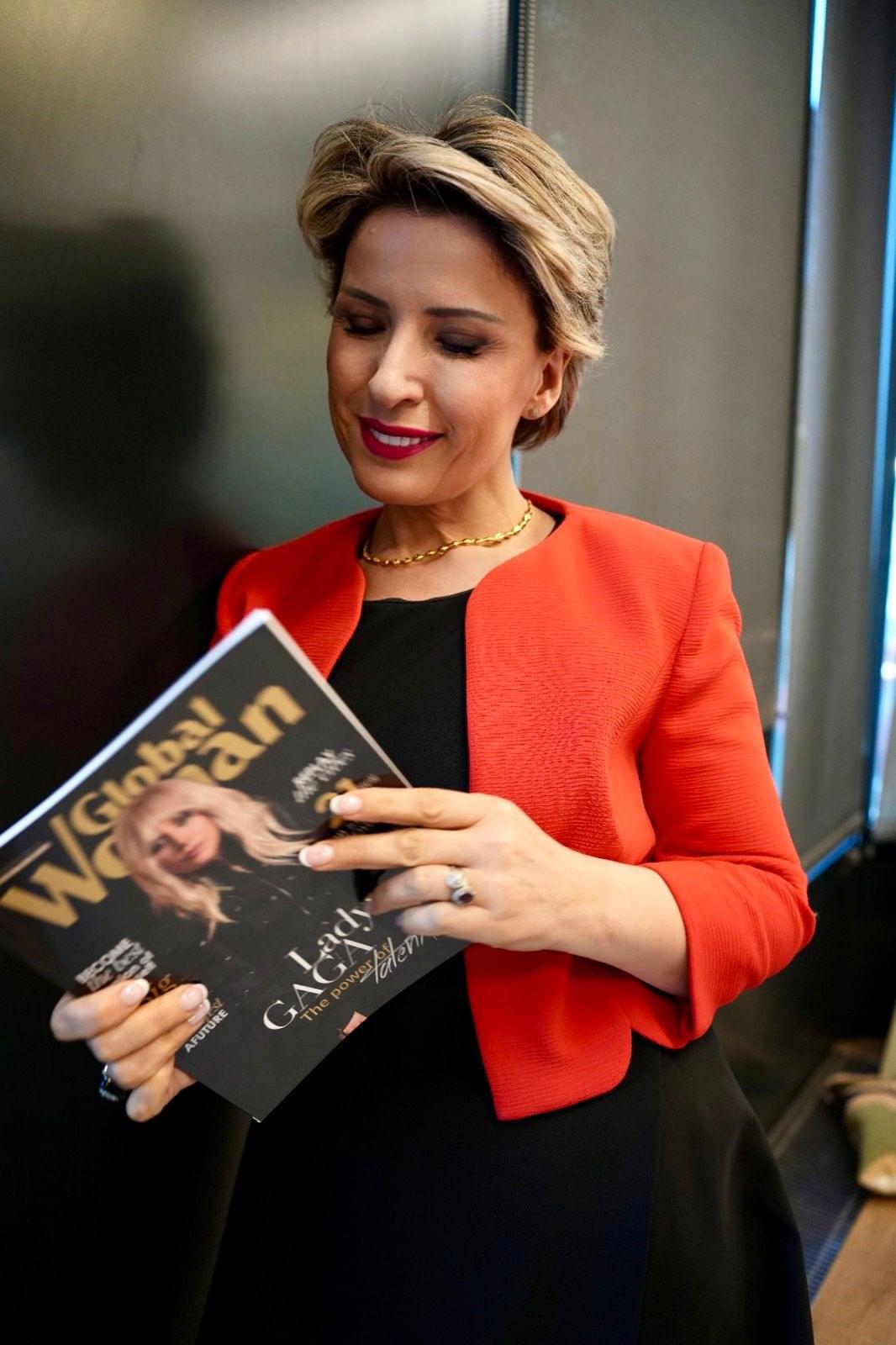3 Easy and Effective Tools for Better Focus with Power Flow Yoga
3 Easy and Effective Tools for Better Focus with Power Flow Yoga
“The power to disengage our attention from one thing and move it to another is essential for well-being” – D. Goleman
By Jasmina Paul
London is a busy place and has a very dynamic, powerful energy about it. I have noticed that most of my clients feel best connected to a dynamic yoga practice and enjoy it’s physical benefits, such as increased flexibility and challenge to go deeper into yoga poses (asanas).
Power Flow Yoga is a creative yoga sequence that is based on Ashtanga vinyasa yoga, which is simply put, breathing with movement. When practiced with focus and dedication, this style of yoga feels very powerful because you are ‘flowing’ through poses with strength and grace, never knowing what to expect next. It’s adventurous and challenging yet calming and restorative.
The purpose of flow practice is for internal detox. Breathing and movement together makes the blood hot, and encourages your body to be cleansed of toxins. Thick blood is ‘polluted’ and can cause various diseases in the body. With power flow yoga we create the heat naturally, without assisted help of a heated studio. In turn, your body works to clean the blood and makes it thin, so that it may circulate freely and remove impurities through sweat.
“It is only through sweat that disease leaves the body and purification occurs” (Sharath Jois)
3 Powerful Tools of Yoga Flow Practice
Tool 1: Drishti – Power of Focus
Dristhi is where you focus your eyes while in the yoga pose. In the Ashtanga yoga practice, there is a prescribed point of focus for every yoga asana, such as tip of the nose, navel, thumb, middle finger or between eyebrows.
In yoga, we aim to awaken our senses and develop concentrated intention. Focused gaze relates to our power to concentrate and turn inward. This tool on its own can help you with your professional challenges if you are struggling to focus your intention at your goals.
If we don’t master the skill of attention we can easily miss our targets and get into the habit of just getting by. With Drishti we empower our mind to become centred and observe, which in turn trains our brain towards achieving our goals.
As emotional intelligence expert D. Goleman explains: “Excessive stimulation from our devices, and just from the crowds around us, makes it increasingly difficult to become fully absorbed in anything at all.” And full absorption, for Goleman, is “fundamental to happiness.” In his book “Focus – The Hidden Driver of Excellence” Goleman makes the important point that “the power to disengage our attention from one thing and move it to another is essential for well-being.”
Tool 2: Body Locks or Bandhas
In simple terms, bandhas are body locks. During your yoga practice, you will be guided to ‘lock’ your pelvic floor, abs or neck. This is mainly to support your posture and activate your energetic centres so called ‘chakras’. Chakras are simply junctions where your physical body and consciousness meet. Now, even if you think this is all mumbo jumbo, just do the practice as it will benefit your core strength.
Bandhas are one of the three key tools in Ashtanga Vinyasa Yoga, alongside breath and drishti. There are three bandhas you will be taught to practice in your class:
- Mula Bandha or root lock – this body lock is performed by contracting our pelvic floor muscles
- Uddiyana Bandha or abdominal lock – drawing back your abdomen, 2 inches below the naval
- Jalandhara Bandha or throat lock – this body lock is achieved by locking chin to chest
What is the purpose of locking your body during yoga practice? Bandhas support your breathing practice and strengthen your core. On an energetic level, body locks help open your main chakras and keep your elemental balance. What happens with locks is that energy flows in two opposite directions – upward with Root Lock, and downward with Abdominal and Throat Lock.
The spiritual meaning behind this is for you to get connected with two opposing energies – Earth and Heaven, Sun and Moon, creation and destruction, masculine and feminine. When we feel connected, focused and balanced we can achieve our goals with ease and grace. On a physical level, you are strengthening your core and your spine for open posture and strong body.
P.Jois says “… bandhas is very important….after practice do not release them… You take practice, always, walking, talking, sleeping, walk is going time, always you control Mulabandha.”
Tool 3: Breathing
So much has been said about the importance of proper breathing and yet we take it for granted. Yoga brings us back to our natural instincts to move, to stretch, to breathe, and to simply be.
Students should stay 5-6 Ujjayi breaths in a posture. Ujayi breathing is performed with the mouth closed, breathing deeply in and out of your throat. You bring focus on long, deep, slow inhales and exhales, which in turn help slow down our system and nourish your cells. With focused breathing we access our vital life force.
As Iyengar put it, “When we are performing an asana, we can only extend the body fully if we synchronise the breath with the movement.”
Jasmina Paul is an author, wellness expert and personal trainer for Fortune 500 companies. She runs Yoga, Pilates, Nutrition & Ayurveda practice in London, UK. Jasmina is the founder of Bodhy Health Ltd. She lives with her husband Steven and their naughty Tibetan Terrier Rocky. www.bodhyhealth.com





